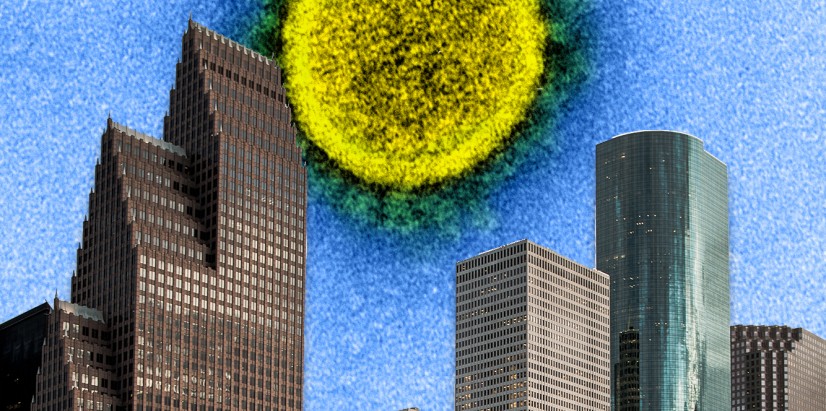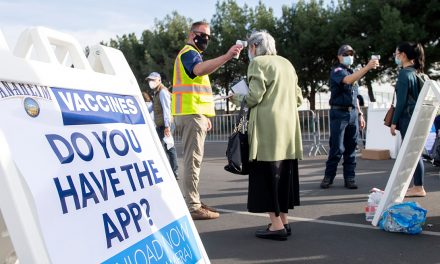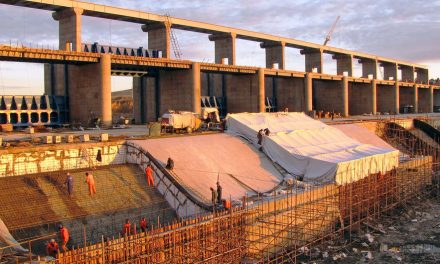“New York City is dead forever!”
That was the headline in the New York Post in August above an opinion piece setting out why COVID-19 had caused an exodus of people who could work and live elsewhere and would not return to an over-priced crowded metropolis where the economy was in a “death spiral”. New York’s other attractions, the piece claimed, were just not that attractive any more thanks to the pandemic.
The article – by James Altucher, an entrepreneur who used to run a comedy club in Manhattan – caused comedian and professional New Yorker Jerry Seinfeld to fire back.
“Energy, attitude and personality cannot be “remoted” through even the best fiber optic lines. That’s the whole reason many of us moved to New York in the first place.”
And he widened the argument out beyond New York:
“You ever wonder why Silicon Valley even exists? Why do these people all live and work in that location? They have all this insane technology; why don’t they all just spread out wherever they want to be and connect with their devices? Because it doesn’t work, that’s why.
“Real, live, inspiring human energy exists when we coagulate together in crazy places like New York City.
So who’s right? Is the city dead? Did COVID expose the weaknesses of putting millions of people together and permanently shift many jobs online?
Or will “crazy places like New York City” bounce back?
World Vs Virus spoke to two experts to hear their predictions. Hear it here and read an edited transcript below.
Political economist Robert Muggah is co-founder of the Igarapé Institute, a think tank that explores how new technologies can help solve global challenges, and co-author of Terra Incognita: 100 Maps to Survive the Next 100 Years.
Cities are the crucible of our civilisations. They’ve been around for thousands of years and have gone through enormous crises to come back often better than before. They’re where innovation occurs, they’re where creativity is flourishing. They’re where young people gather to share ideas. They’ve always been where the future happens first.
But let’s be really clear. The COVID pandemic has been really hard on cities. Up until now, about 95% of all the reported infections and virtually all the fatalities have occurred in cities. And so we think of this as a uniquely and profoundly urban crisis. The mayors I talked to around the world talk about how COVID is basically a stress test for every single system in the city. It’s forcing cities and city leaders to think about everything, from their basic services like health and education, to tax relief and public transport, and everything in between.
The other big challenge with COVID is that it’s exacerbating existing challenges that cities already have, things like unemployment, poverty, inequality. And what we’re seeing in cities rich and poor is years and years of progress being set back. And it’s the poorest and most vulnerable of city dwellers that are the most susceptible to COVID-19. Whether it’s in New York, Geneva, Nairobi or Shanghai, it’s the poor, it’s minorities, it’s the elderly, it’s migrants who are often on the front line and bearing the disproportionate costs of this crisis. And what we’re finding is that economic geography, the ways in which cities are stratified across income and class, is probably as important, maybe even more important than the physical geography – where you actually live – when it comes to determining health outcomes. When I talk about COVID, I liken it to a kind of X-ray machine that’s revealed the deep inequalities that have always existed in our societies. But what is done is it’s brought them out into sharp relief.
Read more: https://www.weforum.org/agenda/2020/11/cities-podcast-new-york-dead/





